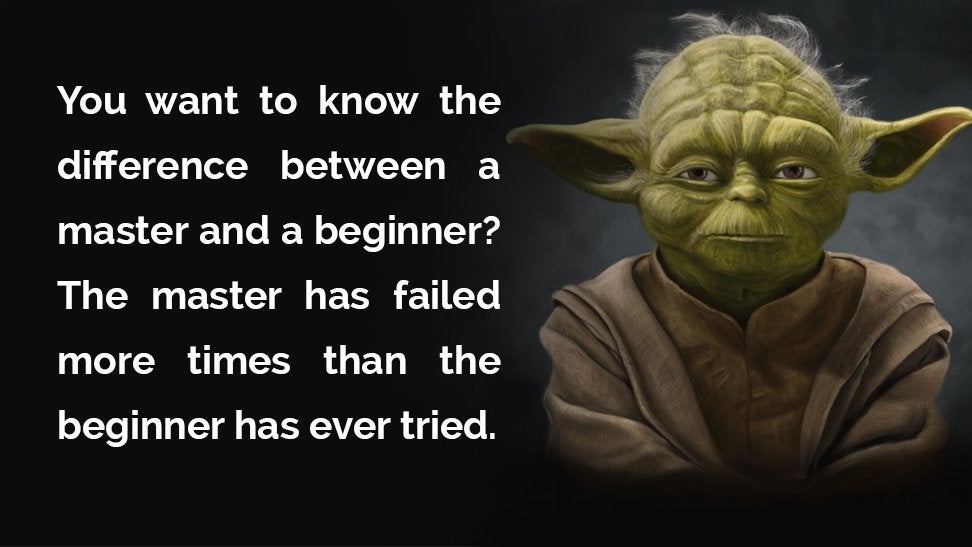Take Time To Enjoy This One!
This piece is SUCH A BEAUTIFUL piece for cello. Please do not rush through it — take BIG bows, glide on the dotted halves, find your best tone! You may need to review the Natural Bow Stroke lesson. It’s so important to do an open-open; close-close motion on these long notes. If you only plucked Schroeder No. 3 you may also want to back and review that exercise with the bow. Twinkle should have built some solid tone in the lower-half of the bow, now we need to further develop your full-bow sound!
Play the dotted-half note game with me through the video. You may be surprised to hear just how short or pressurized your dotted-half notes are. When it’s your turn to do the quarter notes, work to connect them as much as you can. If they too much separation we lose the lyrical beauty of the piece. Please don’t cheat yourself by accepting anything less than your most beautiful sound. You play the most beautiful sounding instrument in the world! You likely play the cello because you fell in love with its tone. And yet, so many students are satisfied making the notes happen in the right order. Beautiful tone takes hard work. Once you’ve got the notes down that is where the work begins.

Pro Tip
BE EFFICIENT! Pro’s are always about making the motion as simple and efficient as possible. In French Folk Song for cello, that means dropping all four fingers on the string at once when descending and then peeling them off one at a time. If this is new to you, review the video on left hand catapults. Don’t give up! Get it right!
For better tone, see this posture checklist:
- Posture – feet flat on the floor, cello between your knees, touching at your sternum, sitting straight up, shoulders relaxed, elbow out like a kickstand, straight EWP (elbow-wrist-pinkie)
- Left hand – thumb and fingers bent (making a “C”), fingers arched and contacting the string with the pad of the fingertip, thumb bent and under 2nd finger
- Bow path – bow travels straight across the string (t-bow), midway between the fingerboard and the bridge (forte-freeway)
- Bow hand – thumb slightly bent, index finger touching the stick between the first and second knuckle, hand pronated, fingers slightly apart — not overly spread or bunched together
- Keep fingers down as you play – as you ascend the string don’t lift the finger you just played when you place the new finger. As you descend place all 4 fingers and then peel off the fingers one by one.
- Check intonation – verify your intonation. Play with the video, use a tuner, watch your hand in a mirror to check that you are on the tapes. Don’t assume, verify.
